The Life of the Buddha- The Gift of India to the World
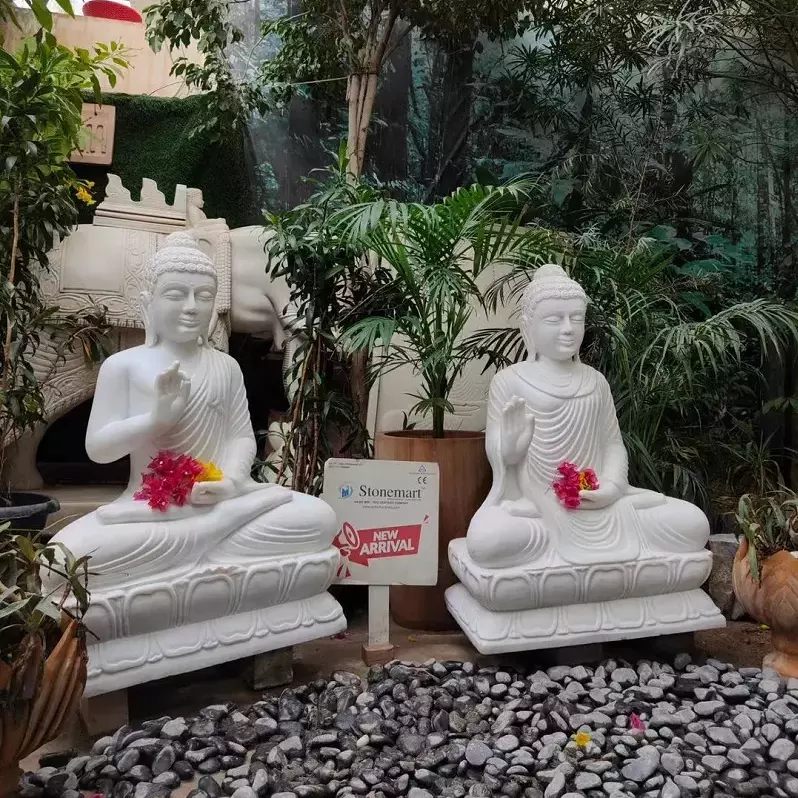
In order to successfully navigate the world of suffering, Buddha brought his own philosophy. Let us get a glimpse of the life of the Buddha to avail an insight on the significance of the Buddha statues that we place at home and garden. There are different forms of stone Buddha statues that are identical to different mudras of the Buddha that he took during various occasions in life. Let us look at the experiences and beliefs of the lord that led to his transformation from Siddhartha Gautama to the Buddha and forged a middle path to the cessation of suffering and samasara.
The Birth
Siddhartha Gautama, also termed as the Buddha or the “Awakened”, was born to Suddhodana, one of the prominent rulers of the Sakhyas. As per the Buddhist scriptures, Queen Maya, wife of the King Suddhodana, came across a dream that a bright light appeared on the horizon of the sky, slowly approached her, and melted straight into her body. Both, the king and the queen met a wise sage to understand the meaning of the dream. The sage informed them that they are about to have an heir to the throne. The prophecy eventually came true and Queen Maya gave birth to a beautiful son in the gardens of Lumbini. The parents experiencing utmost felicity named their little prince as “Siddhartha” meaning “the one who brings all good.” As per Hindu scriptures, he was the ninth avatar of Supreme Lord Vishnu.
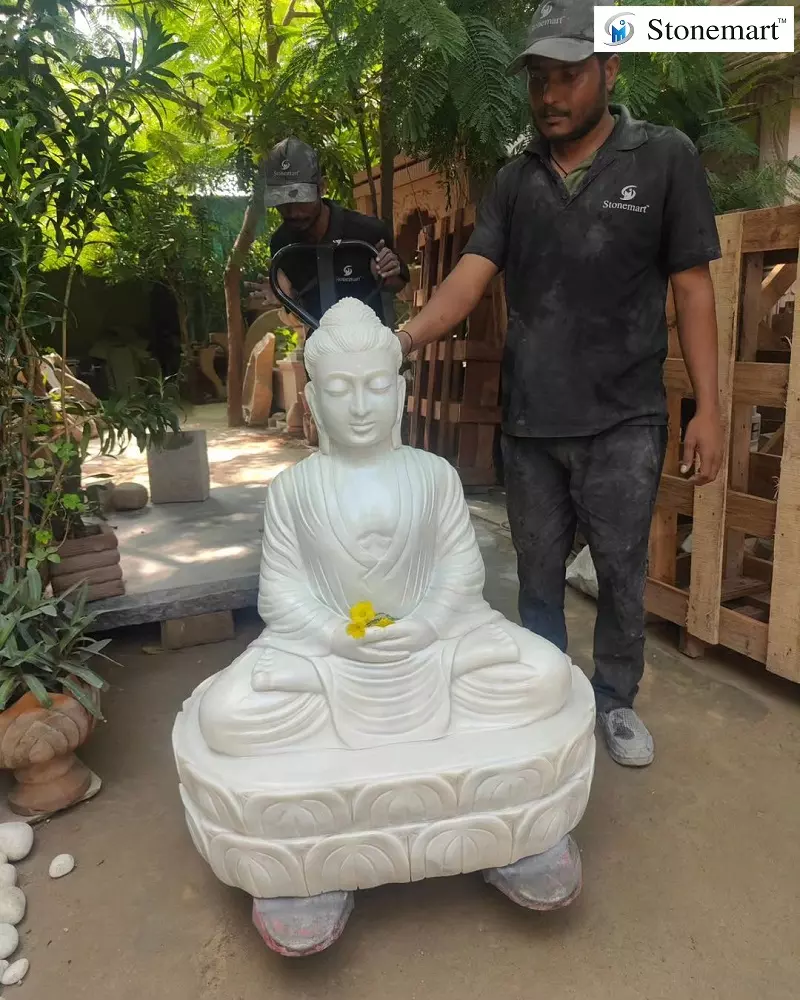
MUST READ: How to Create a Zen Garden Using a Buddha Statue?
The Words of Hermit Asita
Asita was a holy teacher and came to the palace to attend the newborn. He declared the prophecy that the child will reach a crossroad in his life; from where he will either decides to stay with the king and become one of the greatest rulers in history or chooses to leave the palace to become an ascetic and seeking the path to end all the sufferings of the humanity and become one of the greatest spiritual teachers ever.
Childhood Years
The queen Maya was unable to stay longer with prince Siddhartha and asked her sister to take care of him. Prince Siddhartha grew up to become a kindhearted and handsome young man. He used to spent most of his times with domestic and wild animals in the gardens near Kapilavastu, when other children of the same age group were busy playing physical and harsh games. His childhood days scripted him to be a passionate, loving, kindhearted and very bright and intelligent in his studies.
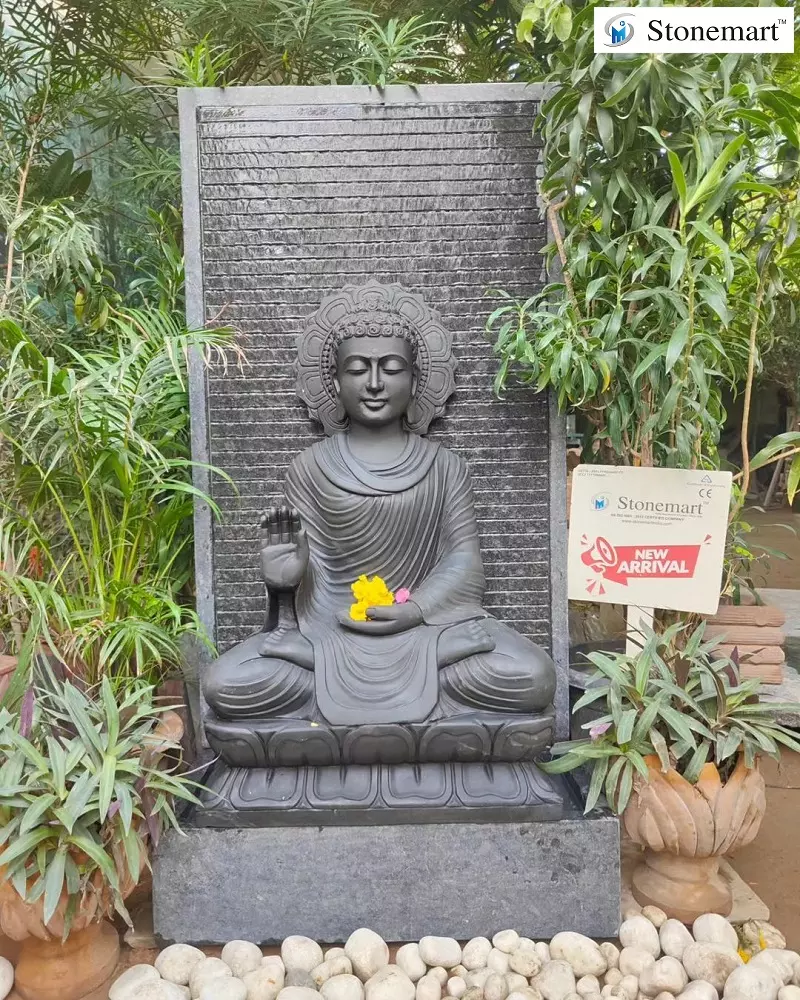
MUST READ: Best Tips Before Buying Buddha Statue for Home
Marriage
The king was delighted to learn about the intelligence of his son, but felt sad to learn that the prince was extremely gentle. One of the ministers suggested to find the perfect match for the prince and Siddhartha was married to Princess Yashodhara at the age of sixteen.
The Path of Renunciation
Prince Siddhartha and his wife were blessed with a son, named as Rahula. At the age of 29, the prince desired to learn more about his subjects and the world existing outside his palace. Siddhartha managed to come out of the palace and roam free on the streets, along with his servant Channa. The modality of a decrepit old man, an ailing man, and a corpse changed his perception towards the life; which eventually turned him towards the path of renunciation. The eventually took the decision to leave the palace, power, wealth, wife, father, and his only child to find a path to emancipate himself from dejection and miseries.
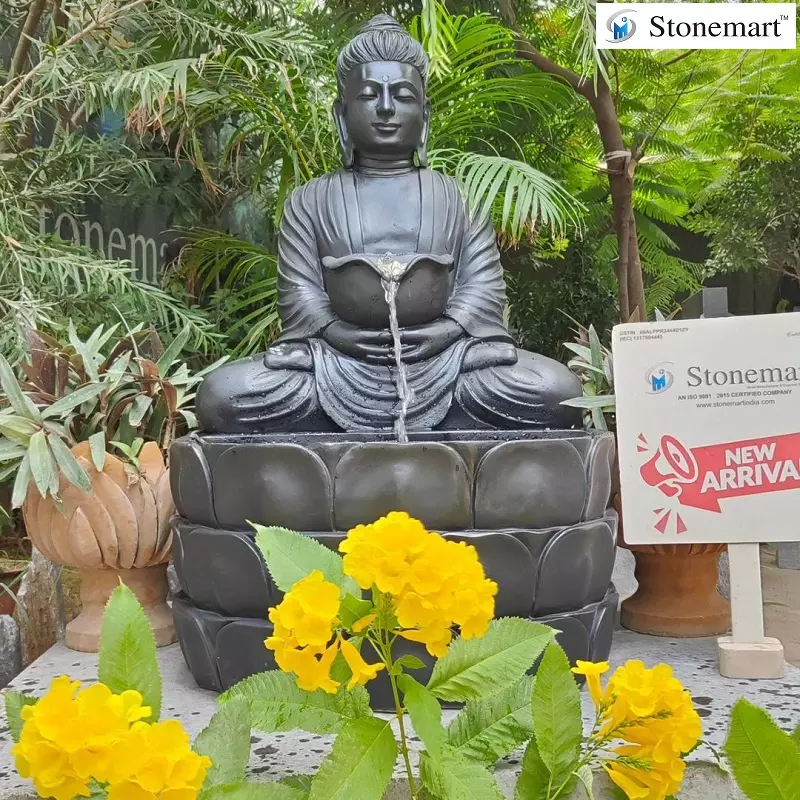
MUST READ: The Most Amazing Facts About the Life of a Buddhist Monk
Attaining Enlightenment
Amidst his journey to become the Buddha, Siddhartha reached Magadha and met renowned saints like Udraka and Arada and learnt a lot from them. He then moved to Nairangana River near the holy town of Gaya and began practicing Yoga, Pranayama and severe austerities for several subsequent years. Eventually, he attained peace by practicing self-mortification. He sat underneath a Peepal (Fig) tree at Bodh Gaya and overcame all temptations offered by demon king Mara, and by midnight attained nirvana. Then he became the Buddha, which means the Awakened One and then transformed into Sakhya-Muni. He took the posture of Bhumisparsha mudra Buddha and touched Bhudevi (Goddess Earth) with the fingers of his right hand to bear witness to his enlightenment.
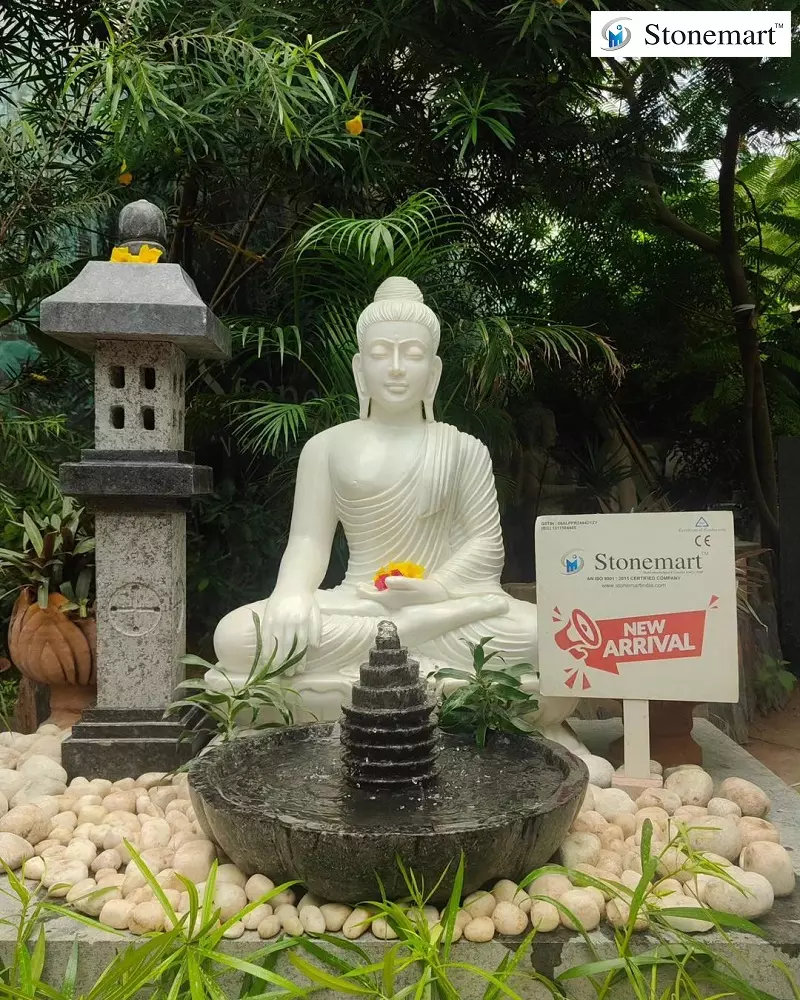
His Teachings of Dhamma
Buddha principally focused upon the practice of dhyana or meditation to bring the body, mind and soul on one single point and became dhyana mudra Buddha. He traveled to various villages of Banaras and spread his knowledge among the natives to relieve them all the sufferings of the mortal world. His teachings and lessons were formidable and meant for everyone regardless of caste, creed, conditions, or types of men and women. His teachings were revolving around the concept of self-realization and how it is the only path to achieve the ultimate peace and happiness. The Buddha treated everyone as one with no discrimination towards poor or rich, noble birth or low birth, naive or intelligent.
MUST READ: What is the Difference Between the Hindu and the Buddhist Concept of Dharma?
The Buddha initiated “Turning the Wheel of the Dharma” by portraying himself as dharmachakra mudra Buddha. He initiated his teachings with five monks, who pleaded for the knowledge of the Buddha in the Deer Park at Sarnath around 527 BC, where he first revealed the four noble truths of life. These instance are beautifully depicted when you look at an authentic and complete Sarnath Buddha statue with the events hand carved around him.
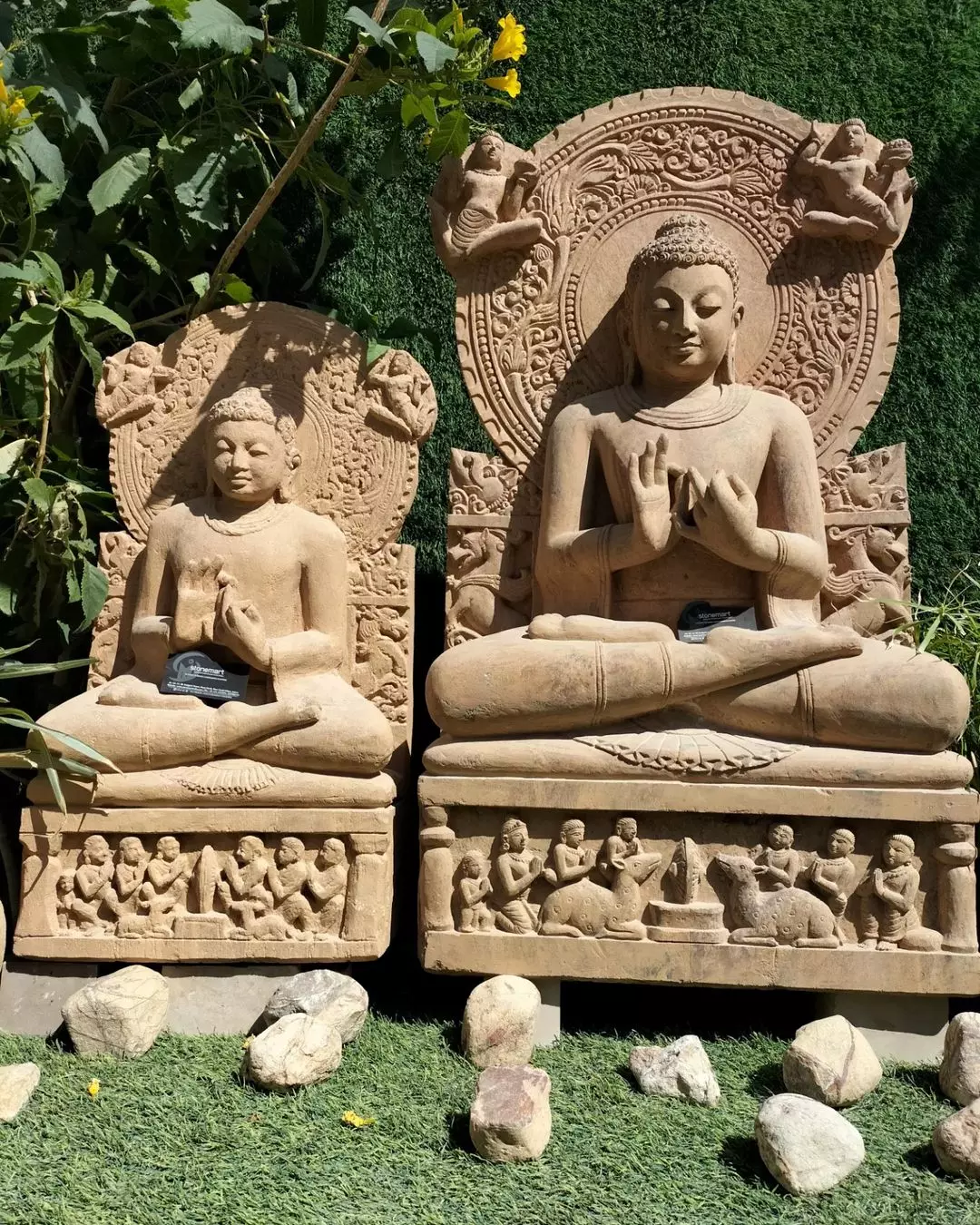
Apart from being a renowned preacher, the Buddha was an equally good teacher. That is why, apart from normal disciples of the Buddha, Kings and scholars from different parts of the Indian Subcontinent sought knowledge and refuge under him. King Bimbisara was one of his famous disciples. To promote a perpetual flow of information, knowledge and wisdom, the Buddha used to promote scholarly debates; to be known in Hindi as (Tarka-Vitarka); from where the teaching Buddha form originated as Vitarka mudra Buddha.
In the later part of his life, the Buddha returned to his kingdom and transformed his father, wife, son, and all the other dear ones into his disciples. According to the Mahayana Buddhist scriptures, that is when his cousin Devdutta plotted to kill the Buddha with the help of a mad elephant named Nalagiri. When the elephant charged towards the Buddha in full rage, the Buddha took the blessing mudra to grant patronage and refuge to the elephant to ultimately pacify him and took him under his shelter. That is how the fifth Dhyani-Buddha Amoghasiddhi featured as abhayamudra Buddha came into existence.
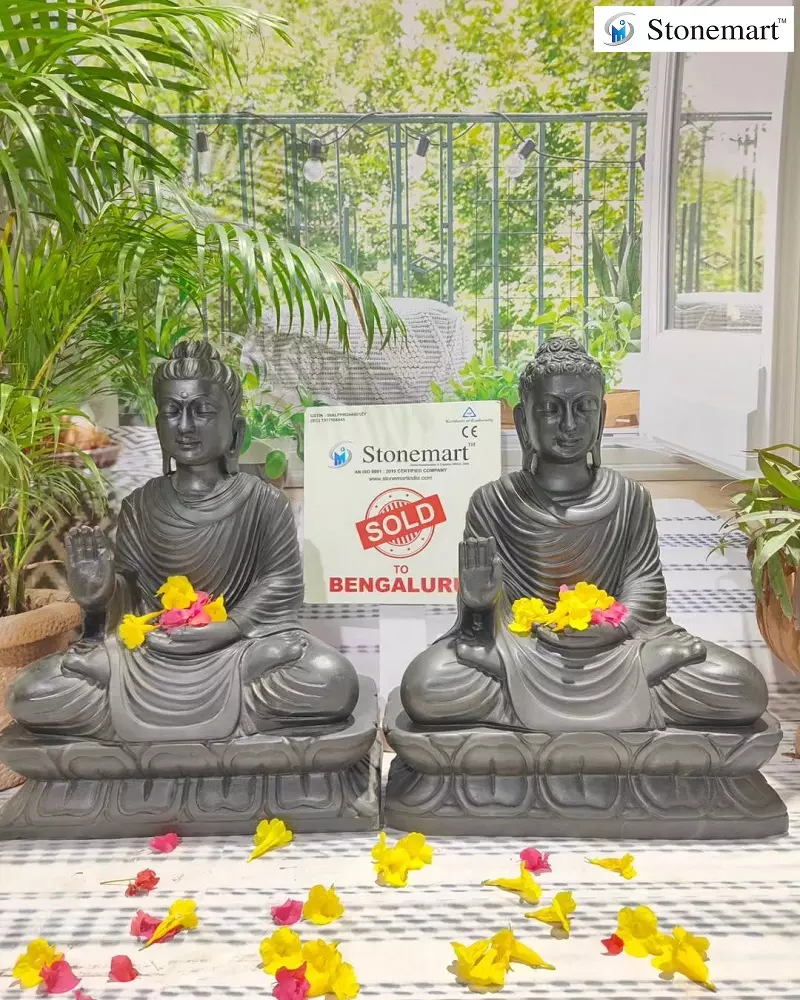
MUST READ: Best Placement Tips on Buddha Stone Statues for Garden
Final Journey
At the age of eighty, the Buddha felt that it is the time to return to the place where he grew up. He called upon his principal disciple Ananda and asked him to prepare to go back to Kapilavasthu. While being on the way, the Buddha and his pupils were passing through a village called Kushinagar, when the Buddha told Ananda that this shall be the place where he breaks the cycle of life and death to attain the pinnacle of nirvana, i.e. parinirvana or moksha.
A reclining Buddha statue symbolizes the same instance of attaining parinirvana with peace and satisfaction on his face. Additionally, a life-cycle Buddha statue can portray all events of Buddha’s life in one single block of stone.
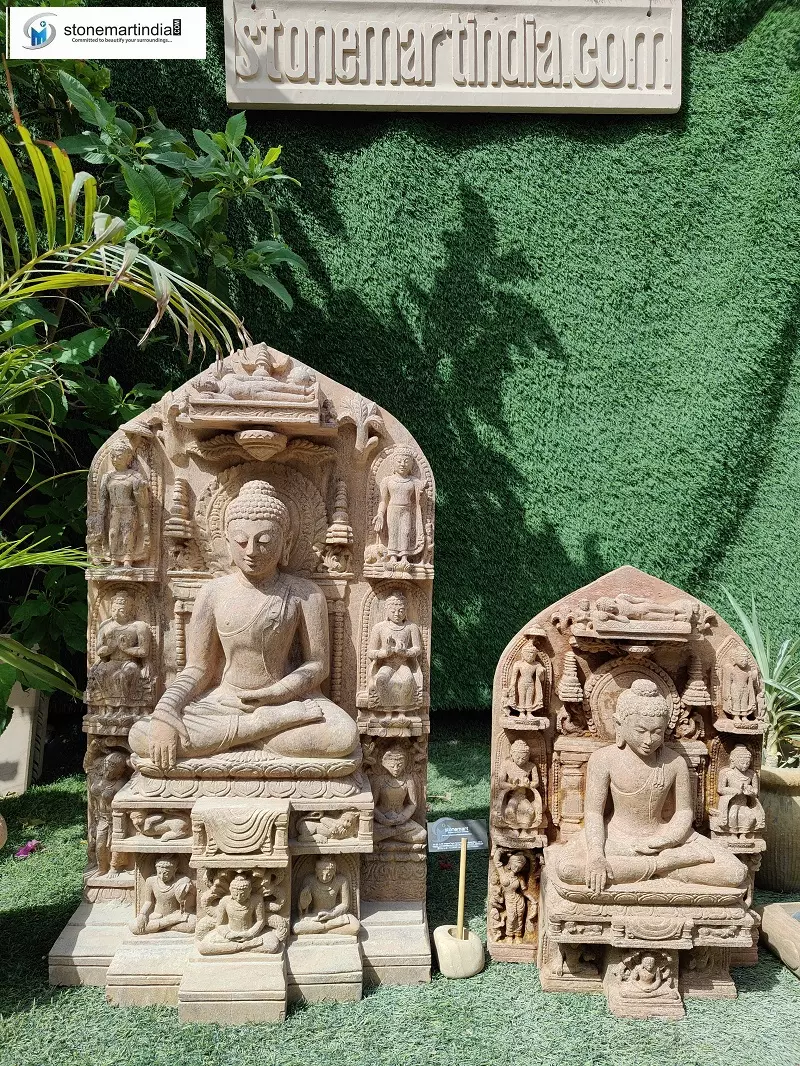
MUST READ: Top 6 Buddha Statue Home Placement Choices As Per Vaastu Recommendation
Why Buddha’s Life and Different Mudras Engraved Upon Stone So Important for Us?
The presence of the stone statue Buddha ji can be hand carved to portray different mudras that were relevant not only at the times of the Buddha but also during contemporary times. They are not only deemed as an integral part of contemporary stone décor for home and garden but also as spiritual sculptures for home to instill positivity, noble characteristics and eradication of Vastu doshas.
So, if you seek exterior or interior design inspirations with natural stone Buddha for home, then having a better insight on the life of the Buddha and various mudras displayed by him will always help you make a better selection of the product(s). It will influence your life and property in a positive manner.
